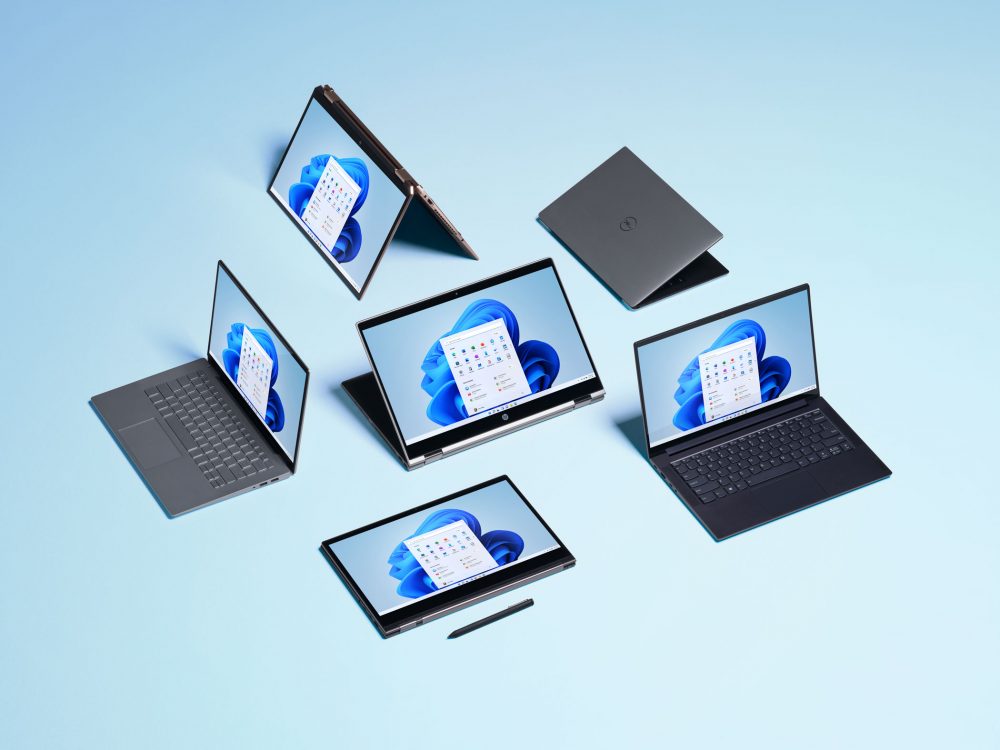Businesses need to take action if they haven’t already to make sure they are ready for the end of Windows 10. Although it feels like yesterday we all got it, Microsoft will stop providing security updates to Windows 10 on October 14, 2025. This means businesses need to upgrade to Windows 11 by then or face serious security implications.
Unlike Windows 10, which was specifically designed to run on older hardware, Windows 11 requires relatively new hardware and is blocked as an upgrade on older PCs. Most PCs designed and sold in 2019 or later will work with Windows 11.
Hardware Requirements for Windows 11
Windows 11 has stricter hardware requirements than Windows 10. Not all devices will be eligible for an upgrade.
Processor 1 gigahertz (GHz) or faster with 2 or more cores on a compatible 64-bit processor or System on a Chip (SoC). Intel 8th generation +
RAM 4 gigabyte (GB).
Storage 64 GB or larger storage device
System firmware UEFI, Secure Boot capable.
TPM Trusted Platform Module (TPM) version 2.0.
Graphics card Compatible with DirectX 12 or later with WDDM 2.0 driver.
Display High definition (720p) display that is greater than 9” diagonally, 8 bits per colour channel.
Can I get the upgrade?
Microsoft have already sent out the free updates to Windows machines that are compatible so if you haven’t been invited, assume you won’t be. Sadly, the main issues being the security and processor make this highly difficult to ‘upgrade’ devices to meet the requirements. Most devices purchased pre 2019 will not make the grade.
What to consider before upgrading
Upgrades should not be taken lightly, as with all upgrades they come with the risk of data loss, and the potential of a device being out of action for a while, though this upgrade from 10 to 11 is much smoother than the previous upgrades to Windows 10.
Compatibility
Companies will need to consider the software and hardware they are running and check with the providers to check it works with the upgraded Windows.
An experienced IT company will help you mitigate the transaction making sure you have the right equipment and that upgrades run smoothly to avoid company down time and data loss.


